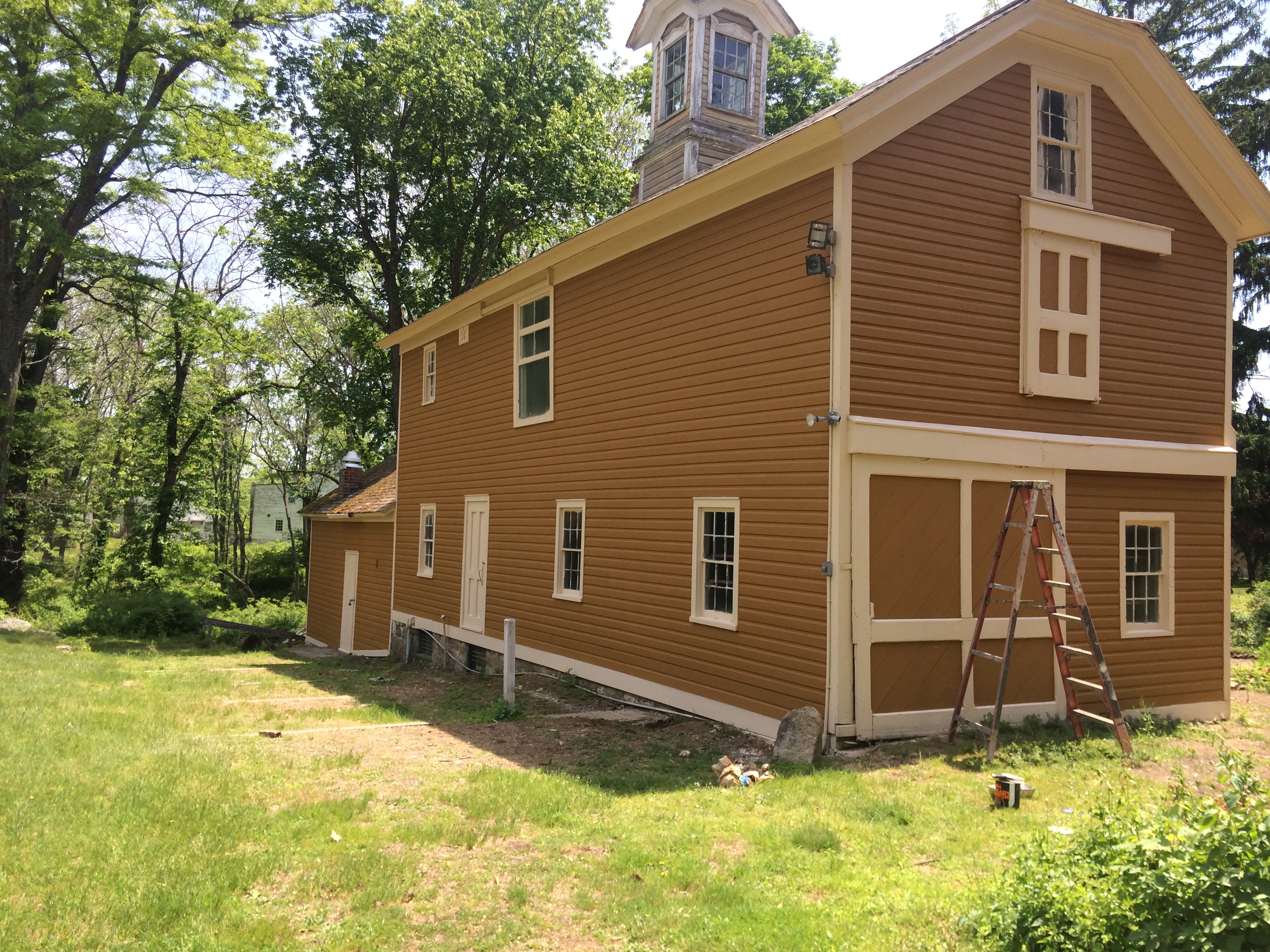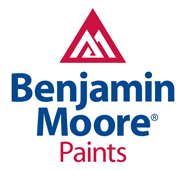More Than Just a Coat of Paint: The Hallmarks of a True Professional
When it comes to transforming your property, whether it’s a bustling commercial space or your cherished home, the quality of the paint job makes all the difference. While many can apply paint to a wall, a professional painting contractor delivers a seamless experience and a lasting finish that protects your investment. It’s a craft that blends technical skill, premium materials, and a deep commitment to client satisfaction. In New Jersey, where structures range from modern commercial buildings to treasured historic homes, the expertise of a seasoned contractor is not just a luxury—it’s a necessity for achieving outstanding results.
Understanding the distinction between a hobbyist and a professional is crucial. A professional contractor operates a legitimate business built on a foundation of experience, proper licensing, comprehensive insurance, and a portfolio of verifiable work. They don’t just paint; they prepare, restore, and protect surfaces, ensuring the final product is both beautiful and durable.
The Core Pillars of a Professional Painting Service
1. Unwavering Commitment to Preparation
The secret to a flawless finish lies in meticulous preparation. A professional contractor understands that skipping this step leads to peeling, cracking, and a short lifespan for the paint. This critical phase includes:
- Thorough Surface Cleaning: Removing dirt, grime, and mildew to ensure proper adhesion.
- Expert Surface Repair: Filling cracks, holes, and sanding surfaces to a smooth, uniform state.
- Priming: Applying the correct primer to seal the surface, block stains, and create a perfect base for the topcoat.
- Proper Containment: Using drop cloths, plastic sheeting, and painter’s tape to protect your furniture, floors, and fixtures.
For more intensive projects, this can even involve services like sandblasting to completely strip a surface and prepare it for industrial-grade coatings.
2. Mastery of a Wide Range of Services
A versatile contractor demonstrates expertise across various specialized fields. While some painters only handle basic jobs, a true professional offers a comprehensive suite of services tailored to different needs. This showcases their depth of knowledge and investment in advanced equipment and training.
3. Proper Licensing and Insurance
This is a non-negotiable benchmark of professionalism. A licensed contractor has met state requirements, proving their knowledge and competence. More importantly, full insurance coverage (including liability and workers’ compensation) protects you, the property owner, from any financial responsibility in the event of an accident or property damage. Always ask for proof of both before hiring.
Did You Know?
The word “paint” comes from the Old French word “peint,” which means “painted.” Ancient cave paintings found in France are estimated to be over 30,000 years old!
Modern paint technology allows for low-VOC and zero-VOC (Volatile Organic Compounds) options, which are better for indoor air quality and the environment.
The color of a room can significantly impact mood. Blues and greens are often used to create a sense of calm, while reds and yellows can evoke feelings of energy and warmth.
Finding the Right Painting Contractor in Tinton Falls, New Jersey
For residents and business owners in Tinton Falls and across New Jersey, choosing a local, established contractor has significant advantages. A local company like Spectra Painting, serving the community since 1989, has a deep understanding of the regional climate and its impact on exterior surfaces. We know which products stand up to the humid summers and cold winters, ensuring your paint job lasts.
A local presence also means a reputation to uphold. We are committed to delivering exceptional quality to our neighbors, friends, and fellow business owners. From large-scale commercial painting projects to detailed residential repaints, our roots in New Jersey drive our commitment to excellence.
Ready for a Flawless Finish?
Experience the difference a true professional painting contractor can make. Spectra Painting has been delivering superior quality and client satisfaction in New Jersey since 1989.
Frequently Asked Questions (FAQ)
How long should a professional paint job last?
A professionally applied exterior paint job can last from 5 to 10 years, depending on the quality of paint, the type of siding, and local climate conditions. A quality interior paint job can last even longer, often 10 years or more, especially when high-quality, washable paint is used.
What is the difference between a quote and an estimate?
An estimate is a rough approximation of the cost, which can change as the project progresses. A quote (or proposal) is a detailed, fixed price for the specific scope of work outlined in the document. A professional contractor should always provide a detailed written quote that includes labor, materials, and preparation work.
Do I need to move furniture before the painters arrive?
Most professional painting crews will handle the moving of large furniture items away from the walls and will cover everything with plastic. However, it is always helpful to clear smaller, fragile, and personal items from the rooms being painted beforehand. This should be clarified in your contract.
How do you ensure the project stays on schedule?
An experienced contractor will provide a realistic timeline in the initial proposal. They manage their team efficiently, anticipate potential delays like weather for exterior jobs, and maintain open communication with the client throughout the project to provide updates on progress and any unforeseen issues.






